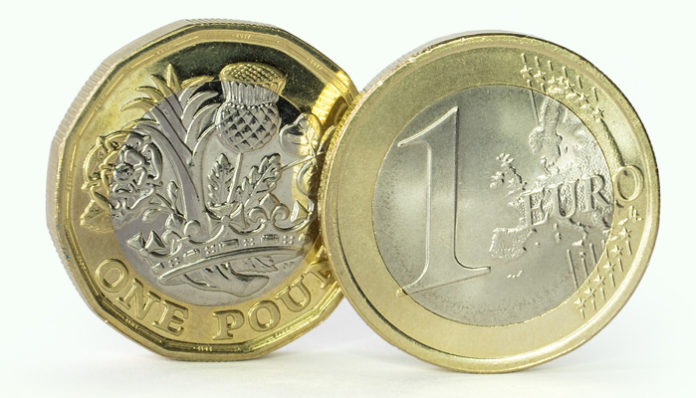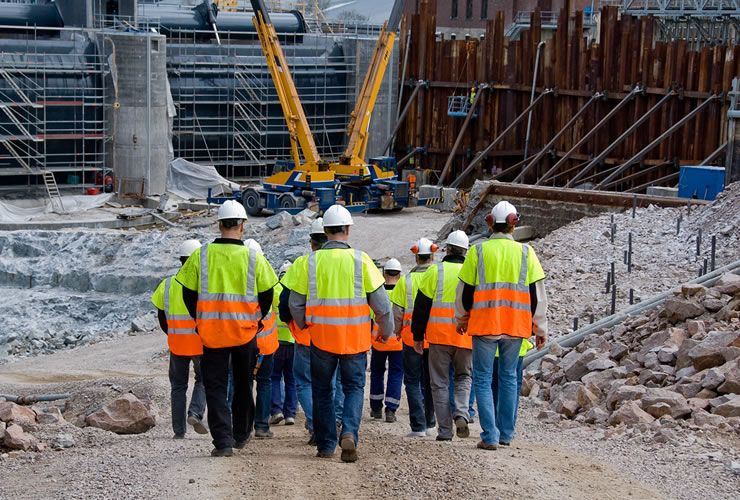The pound to Euro exchange rate has been struggling under the increased uncertainty arising from Brexit. This issue has been the biggest driver of the pairing for the last 2 1/2 years, this doesn’t look like it will be changing soon either.
The pain for those buying Euros with Pounds looks set to continue, with the strength and weakness of sterling being directly linked to how the market views the UK government’s performance.
Today is UK Inflation data and tomorrow Retail Sales which will provide us with further insight into just how the UK economy is performing, yesterday’s UK Unemployment data did suggest perhaps the UK labour market is not quite as strong as many had predicted.
For clients buying Euros the Inflation data and Retail Sales data could present a short term opportunity which might be well worth capitalising on. With Brexit as the main market driver looking set to reap further misery for anyone holding the Pound, clients with a Euro purchase should, I believe be adopting more of a defensive position.
Further uncertainty in Mrs May’s Government could see the Pound under pressure and struggling to retain form. Whilst the prospect of an interest rate hike next month could present opportunities, we would not be expecting a major rise in the value of Sterling since this news is largely priced in.
It is not completely priced in however, since there is a mixed chance of an interest rate hike at the next decision, potentially around 60-75%. However, the enthusiasm that would find itself behind the Pound if the Bank of England do raise seems limited since political concerns are the main factor, these seem unlikely to be resolved quickly.


